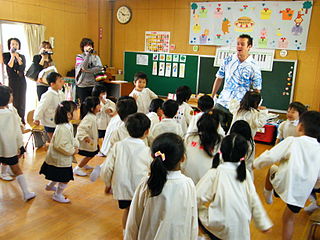Learning is optimized when students are actively engaged in learning. Research shows that most people remember:  10 percent of what they read, 50 percent of what they see and hear, and 95 percent of what they teach someone else.¹
10 percent of what they read, 50 percent of what they see and hear, and 95 percent of what they teach someone else.¹
There are a few good examples of how to create engagement in a classroom or lecture setting. Some of these include creating ground rules, implementing a wait time, providing positive reinforcement, starting a free write exercise, group activities, and self-esteem exercises.
Setting ground rules is a good way to create a safe space for groups and individuals. If problems arise with question and discussion periods, bring all of the students back and remind them of the ground rules that have been created and agreed upon.¹ Some basic ground rules can include, “We won’t talk over each other” and “we will respect what other people have to day."¹
When asking a class a discussion question, make sure to wait for the response. It is a good idea to wait a minimum of six seconds for students to formulate an answer to a discussion question.¹ If no answer is provided, you can repeat the question and ask someone specific in the crowd.
Encourage discussion by providing positive reinforcement to all students who participate in the discussion. A teacher needs to make sure that they provide positive feedback even if they disagree with the response or do not like the answer. Additionally, if the student does not provide the right answer, make sure to guide the student in the direction of the right answer.¹ Further, you can ask students to “add to” answers already given if the answer given is not sufficient.
Introduce a topic by providing a brief lecture. Ask students to write down whatever comes to mind in a five-minute period. At the end of the time period, ask the students to underline their best sentence and share it with the class.¹ The one-minute paper is a written response to a question posed by a teacher or instructor. It can be used at the beginning of a class to start a discussion or in the middle of a class to check students’ understanding.
Group activities can be one of the best ways to involve students in learning.¹ In order to run a smooth group activity, teachers must ensure to: set a definite time limit, get students into groups quickly, and make sure every group member has a role to play.¹
Reference:
1. McGill University. Tips for Engaging Students in Learning: Alternatives to Lecture. Retrieved May 14, 2014, from http://www.mcgill.ca/files/gps/Tips_for_Engaging_Students_in_Learning_LTT.pdf
Image Source: Wikimedia Commons
© BrainMass Inc. brainmass.com April 19, 2024, 3:31 pm ad1c9bdddf